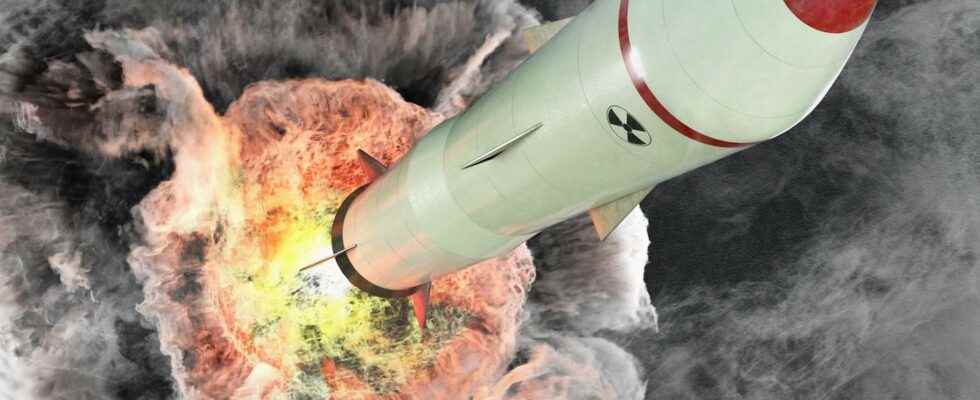Nuclear weapons are among the most powerful weapons that exist on Earth. And it may seem naive to think that it is possible to survive an attack. Yet studies have shown that some simple reflexes can be incredibly effective.
You will also be interested
[EN VIDÉO] Return to Chernobyl 30 years after the disaster In 1986, the Chernobyl reactor in Ukraine, then in the USSR, suffered an unprecedented accident. During an exercise, the power of reactor no. 4 increased until it caused an explosion. The Discovery Science channel returns to this tragedy in a documentary broadcast this Tuesday, April 26, 2016, at 7:50 p.m., and of which here is an excerpt.
In Japan, Little Boy, dropped on Hiroshima, August 6, 1945, and Fat Man, on Nagasaki, August 9, 1945… These are the only two atomic bombs to have been used for military purposes, even if the threat continues to hover. And even more so in recent years. Because the authorities now fear that terrorist groups may use it. Following the attacks of September 11, 2001, the American government even drew up an action plan containing a series of tips likely to help professionals, as well as the population, to survive a nuclear attack.
Note above all that it seems illusory to hope to save those who would evolve in the deflagration zone of the bomb. Indeed, the temperature at the center of the bomb that leveled Hiroshima — a small bomb compared to those that exist today — rose to 300,000°C. This is some 250 times the temperature needed to cremate a body. This therefore leaves very little hope of survival in the neighborhoods close to the point of impact.
Find refuge within
However, scientists assure that it is possible to survive a nuclear explosion, provided you are in the area affected only by the blast of the explosion. Or beyond, of course. The first thing to do, even if it seems trivial, is to get inside a building solid, because it will only take a few seconds for the shock wave to travel several kilometers with the explosion. Then, settling in the center of a building, or even in its basement, will protect you from heat and objects that could be thrown by the blast.
Furthermore, if the explosion takes place close to the ground, it will eject thousands of tons of debris into theatmosphere. Dust to which will attach atoms unstable elements produced in parallel, thus forming what specialists call the radioactive fallout of the nuclear attack. Worn by winds over several tens of kilometers sometimes, they can cause death. They are also responsible for burns and nausea and, in the longer term, cancer. To protect yourself, again, experts recommend taking refuge in the heart of a building. According to them, a Wall ofsteelof concreteor even compacted earth, offer real protection.
To survive a nuclear attack, you have to reach the interior. And stay inside: radioactive fallout loses 50% of its dangerousness after one hour and even 80% after 24 hours. Also note that after the nuclear explosion you should have about 15 minutes to find shelter which will protect you from these fallouts. However, if you find yourself trapped outside for longer, once inside, take off your clothes and shoes — which you will store away — and thoroughly wash any skin that may have be exposed.
Interested in what you just read?
Subscribe to the newsletter Health question of the week : our answer to a question you ask yourself (more or less secretly). All our newsletters
